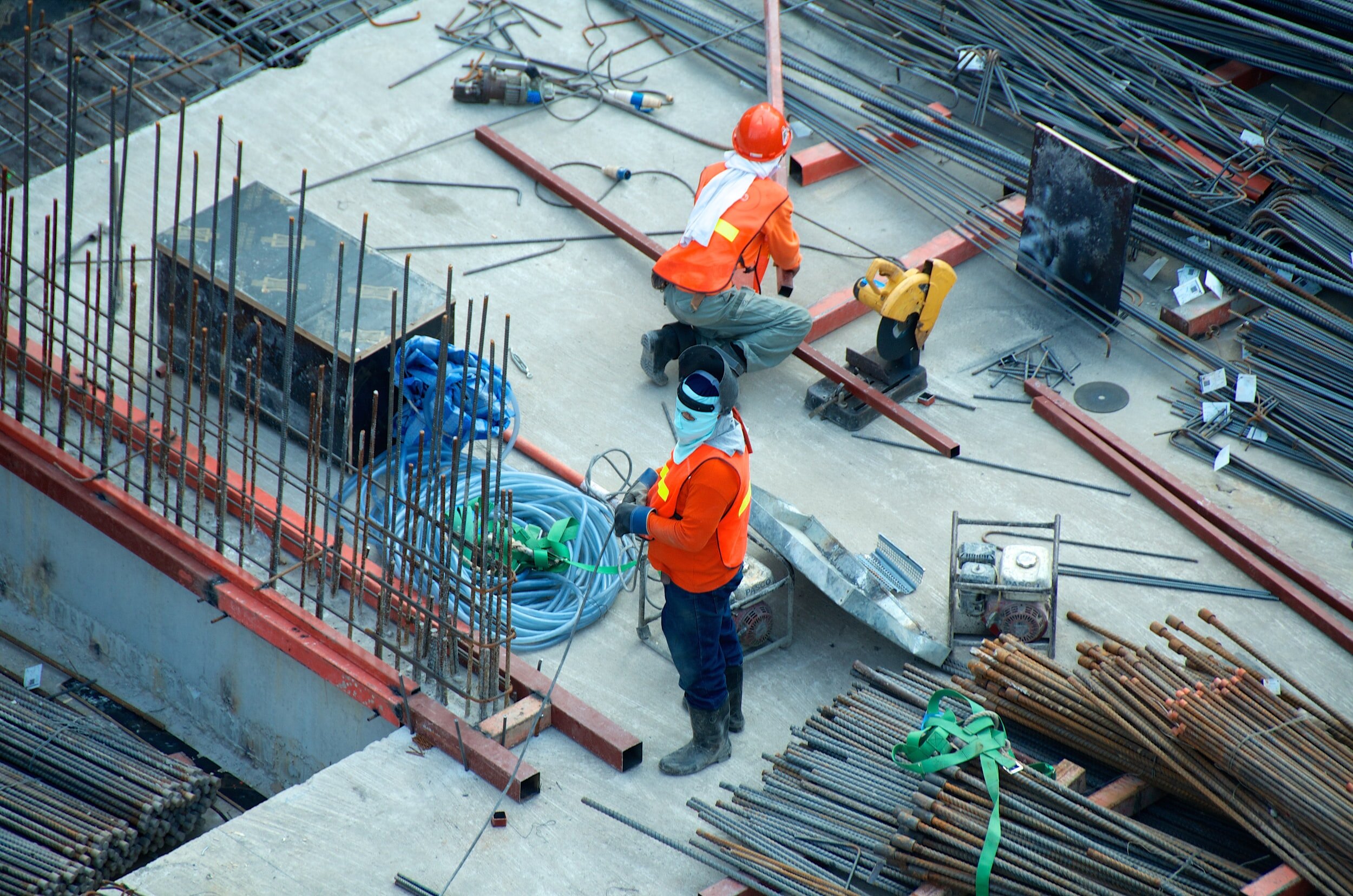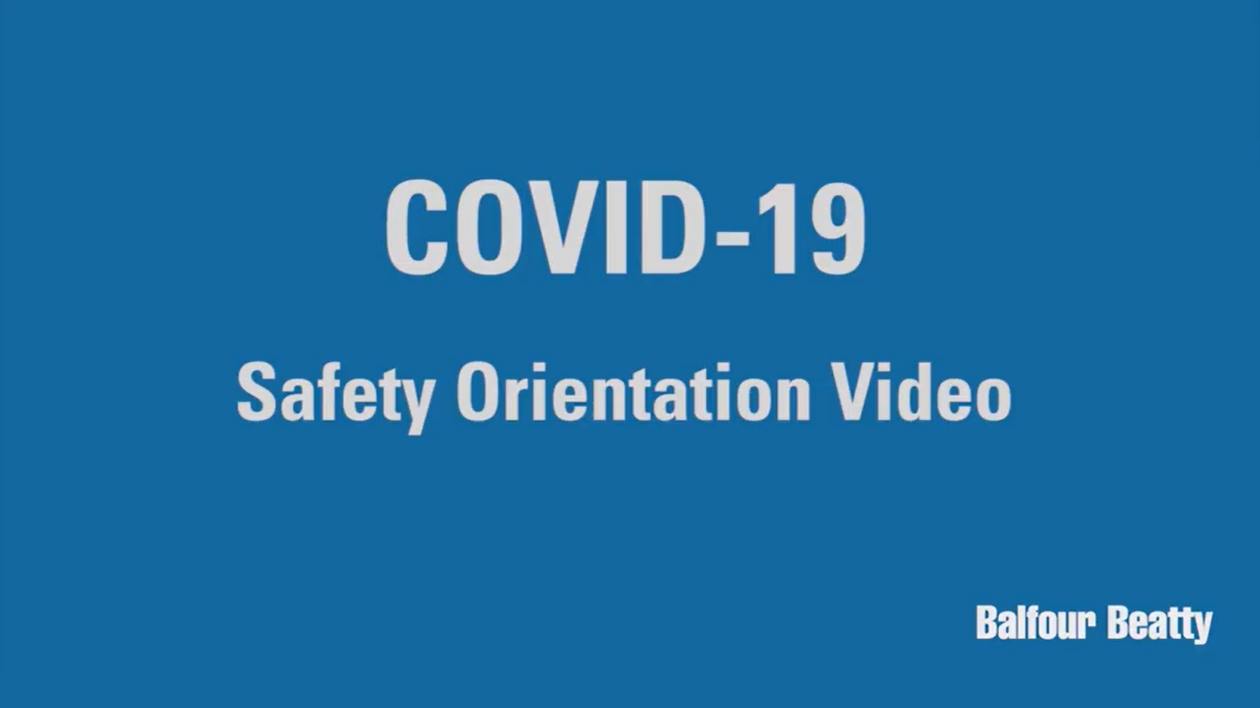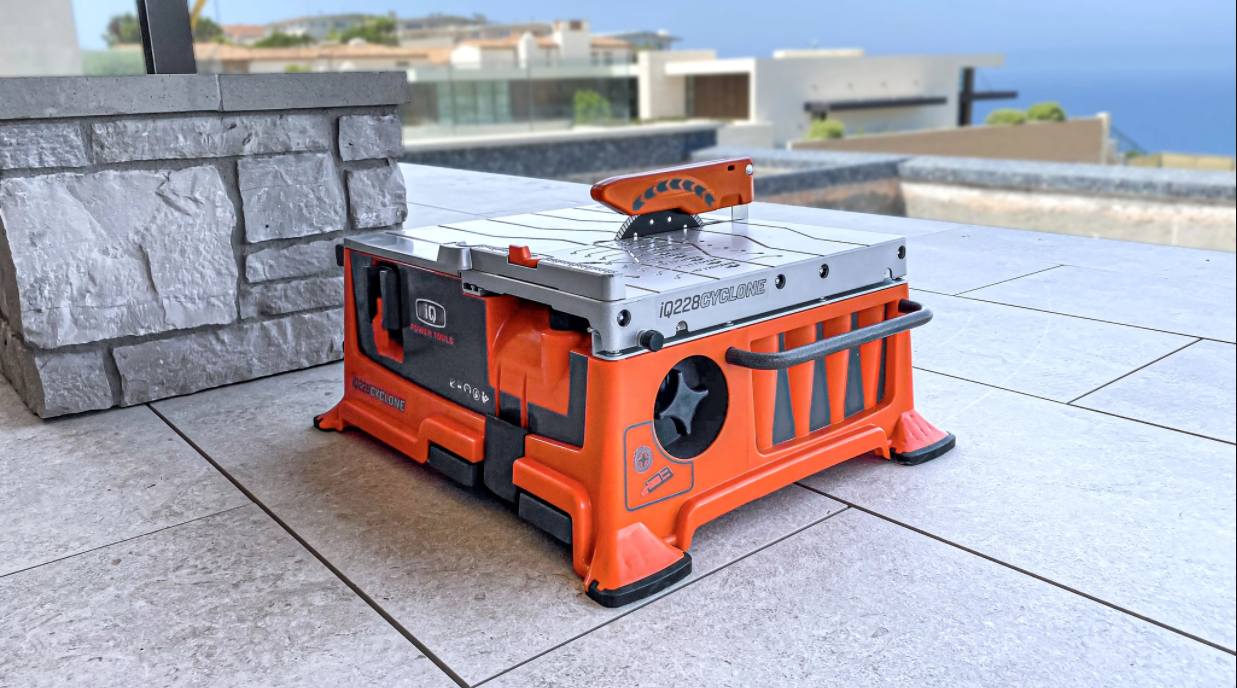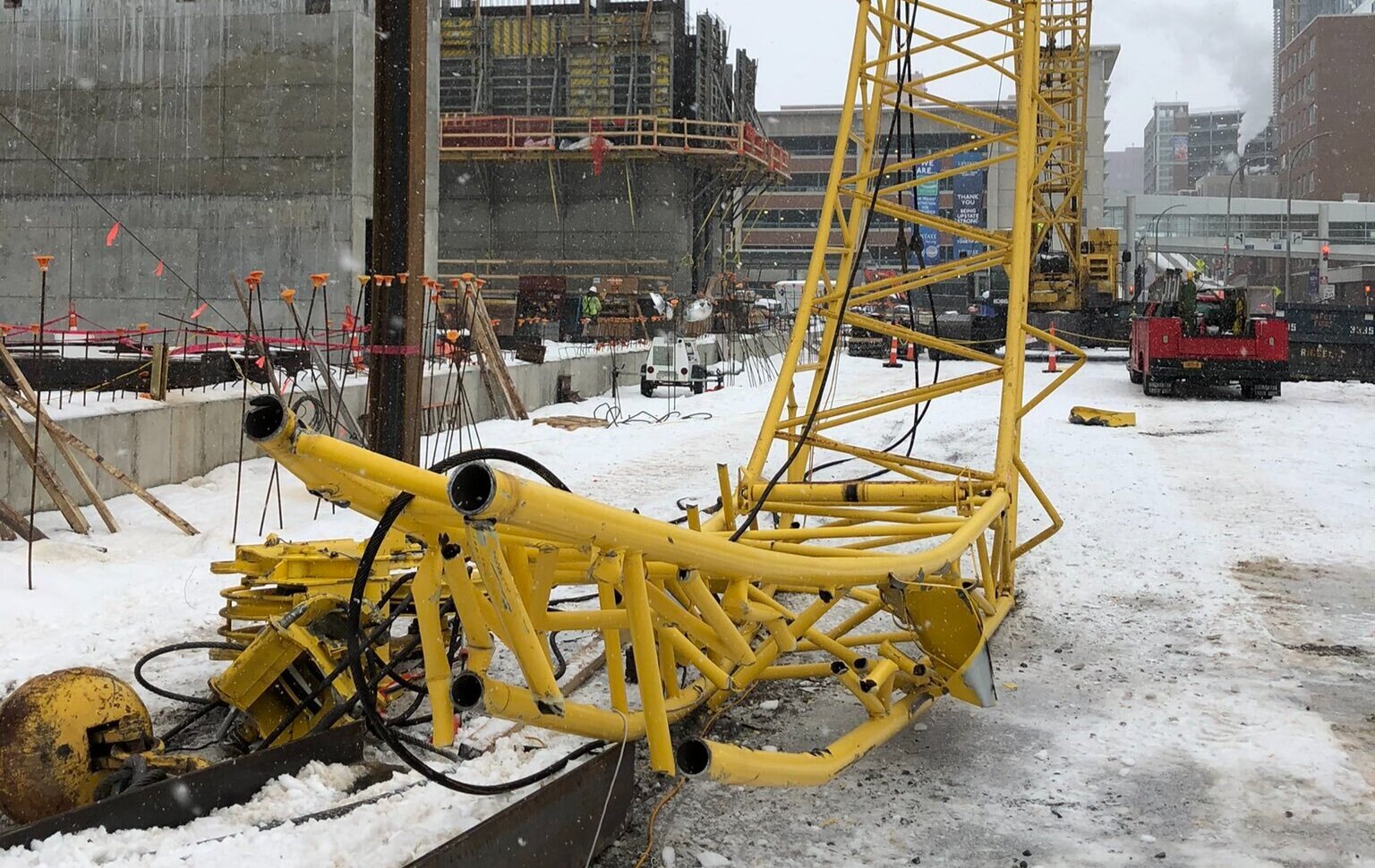One of the key components to building a proper safety culture is first building awareness. That awareness is built through training, tool box talks, and jobsite experience. The good news is that construction companies don’t need to come up with safety topics and information by themselves, there are actually a lot of fantastic resources available online and many of them are free.
Read moreNew Training Video Highlights How to Avoid Suspension Trauma After Fall Arrest System is Deployed
Falls are, by far, the leading cause of fatalities in the construction industry, accounting for nearly 40% each year. That fact is the main reason why personal fall protection devices are so heavily stressed in the industry. But, even if your fall is arrested by a harness, you’re not out of the woods yet, as serious complications can happen while you’re being suspended in the air.
Read moreMay 6 Kicks Off 2019 Safety Stand-Down to Prevent Falls in Construction
via OSHA
Every year since 2012, OSHA, NIOSH, and CPWR have teamed up to lead a National Safety Stand-Down to Prevent Falls in Construction. The campaign helps build awareness through supplying resources, organizing webinars, and other outreach techniques in hopes that it will help save lives in the construction industry. The 2019 Stand Down has been scheduled for May 6-10.
In preparation for the campaign, the organizations involved have already released plenty of resources to help contractors prepare ahead of time. The event is, of course, voluntary for all companies to participate in, but OSHA provides several tips for preparing for a successful stand down:
Try to start early
Think about asking your subcontractors, owner, architects, engineers, and others to participate
Consider reviewing your existing fall prevention program
Develop presentations or activities to meet your needs
Decide when to hold the stand-down and how long it will last
Promote the stand-down to your employees or outside the company, if it will be public
Hold your stand-down
Follow up
Free and Public Events
In addition to planning and performing your own stand-down activities and presentations, you can also find free and public events that are scheduled throughout the country through the events page on the National Safety Stand-Down webpage.
via NIOSH
via NIOSH
Certifications
After the event is over, contractors can visit OSHA’s National Safety Stand-Down page to receive a Certificate of Participation and provide feedback about how their campaign went. Documenting your training achievements and being recognized is a great way to show that your company is committed to reducing injuries and fatalities on your jobsites.
More Information: National Safety Stand-Down To Prevent Falls in Construction | OSHA
How Construction Workers Can Better Protect Themselves from Skin Cancer
A large portion of construction work is completed outside, leaving hundreds of thousands of workers exposed to the sun for long periods of time. Along with that sun exposure comes an increased risk of skin cancer, which is the most common type of cancer.
The deadliest form of skin cancer is melanoma and it is expected that 90,000 people will be diagnosed with the disease and 9,000 of those will be killed by the disease in 2018. Not all of those cases will be from the construction industry, but it speaks to the real threat that skin cancer provides.
To help the construction industry reduce their risk of developing skin cancer, the Center for Construction Research and Training (CPWR) has developed a document called Hazard Alert: Skin Cancer, which outlines how to protect your skin and how to detect early signs of the disease. You can find that document by clicking here, it’s a good hand out for your crew and a good topic for an upcoming toolbox talk.
Skin Cancer Detection
Like most cancers, early detection is the biggest key to recovery. With skin cancers, the development of new moles is the most common warning sign that skin cancer is developing on your body. CPWR states that you should look out for new or existing moles that:
Have an irregular border
Are not symmetrical or have color variation
Are bigger than a pencil eraser
Are itchy or painful
Another sign to look out for is if you have a bump, patch, or sore that bleeds, oozes, crusts, or doesn’t heal
How to Protect Your Skin
The first tip that the CPWR document is to wear sunscreen. The avoidance of getting sunburned is a huge part of reducing skin cancer risk and an SPF of 30 or more can reduce your sunburn risk.
Protective clothing is another great way to avoid sunburns. It may be counterintuitive for you to wear long sleeve shirts and pants in the summer, but they’re a very effective means of protecting the skin, because it doesn’t require you to re-apply sunscreen multiple times throughout the day. There are some good options for long sleeve shirts that wick away moisture, like Milwaukee’s Workskin shirts ($39.99 on Tool Barn). Be sure to cover your neck with a cloth flap attached to your hard hat, as well.
Staying in the shade is the 3rd effective means of avoiding sun exposure that CPWR notes. Adjusting schedules to earlier in the day or overnight can keep workers cooler and out of the sun for longer. When breaks are taken, find a shady spot or build a temporary shade structure.
In addition to skin cancer risks, there are plenty of other summer dangers on construction sites to be aware of, so make sure you and your crew is prepared to take on the heat.
Full story: Hazard Alert – Skin Cancer | CPWR
Here Are 55 Free Toolbox Safety Talks in English and Spanish
The construction industry has never been one to freely share information without charging a fee. That’s changed slightly recently, with some major players willing to provide useful tools and information to help us become better. For instance, we recently shared that Procore has released hundreds of free continuing education courses on their education platform. Another useful site we’ve found recently has shared dozens of toolbox talks to help your team on the jobsite learn about safety.
Read more














Last summer, Hilti announced that they had developed their first exoskeleton designed for construction tradespeople in a partnership with Ottobuck, a prosthetics, orthotics, and exoskeleton provider. Earlier this month, Hilti officially released the exoskeleton, announced more details, and published its retail price on their website.